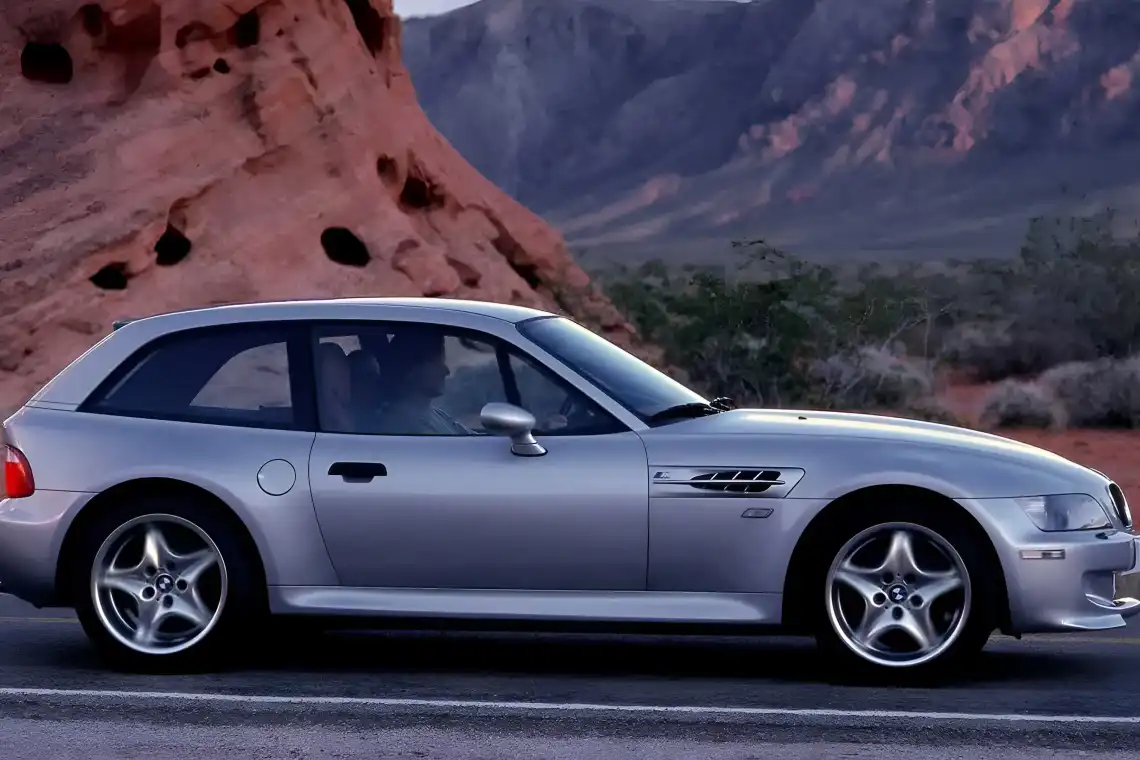Peugeot revives its GTi legacy with the all-electric E-208 GTi at Le Mans

The roar of combustion engines echoed through the Circuit de la Sarthe as thirty classic Peugeot 205 GTis rumbled onto the track. However, leading this parade of automotive icons was something different: the silent but fast E-208 GTi. This marked both a homecoming and a revolution for Peugeot's performance division.
The Ghost of 1984
Forty-one years ago, Peugeot redefined the hot hatch segment with the 205 GTi. That plucky 1.6L (later 1.9L) front-wheel-drive terror set the standard for driving purity - a car that could outdo sports cars costing twice as much on winding back roads. Today, as Stellantis CEO John Elkann piloted the new E-208 GTi around Le Mans' legendary corners, the parallels were impossible to ignore.

Then: 205 GTi (1984) - 115 hp, 880 kg, analogue thrills
Now: E-208 GTi (2025) - 280 hp, 0-100 km/h in 5.7 seconds, digital precision.
Yet both models share the same DNA: lightweight agility, tactile steering and a certain French flair. Peugeot Sport engineers didn't simply attach a badge to an existing EV. The E-208 GTi features:
- a track-honed chassis (30 mm lower with widened tracks);
- an LSD-equipped electric motor with 345 Nm of instant torque
- 355 mm Brembo-style brakes
While Peugeot's 9X8 Le Mans Hypercar competes for endurance glory, the brand is demonstrating that performance can evolve beyond fossil fuels. The E-208 GTi isn't just a nod to the past - it's proof that electric vehicles can provide an exciting driving experience.
Although the price remains under wraps, this could be the electric shock the segment needs for those mourning the demise of the fun hot hatch.
Do you own a piece of hot hatch history? List your Peugeot 205 GTi for free in our online car auction









 Sign in with Google
Sign in with Google